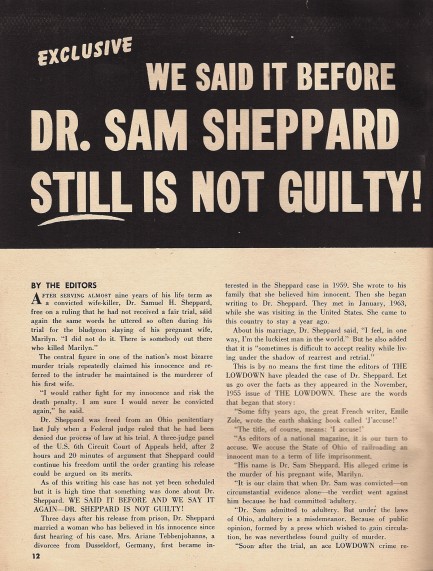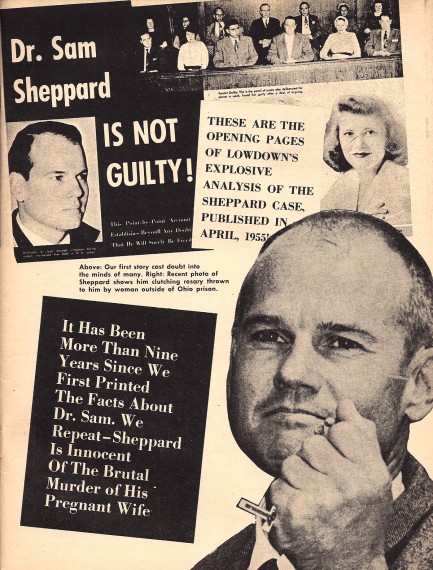 She had more facets and more talent than most. 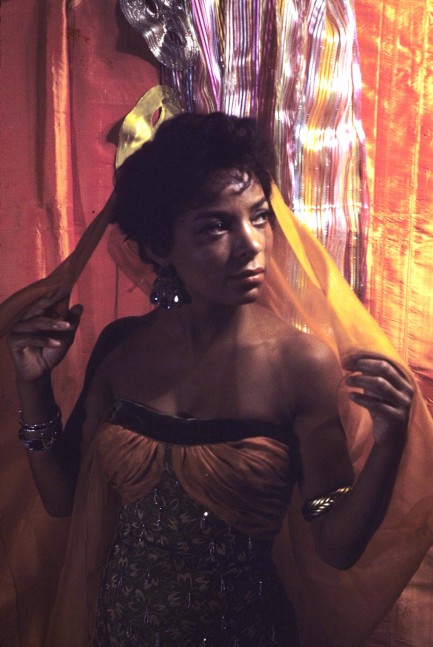
This photo shows U.S. actress, poet, screenwriter, playwright, journalist, and activist Ruby Dee. That's a lot of professions, but we're mainly concerned with her acting. In pursuit of that passion she appeared in such films as St. Louis Blues, Raisin in the Sun, and on television shows like The Fugitive and Peyton Place. This is a mighty nice image of one of Hollywood's most respected multi-hyphenates. It's from 1962.
 James Bond's daughter leaves the Soviets shaken and stirred. 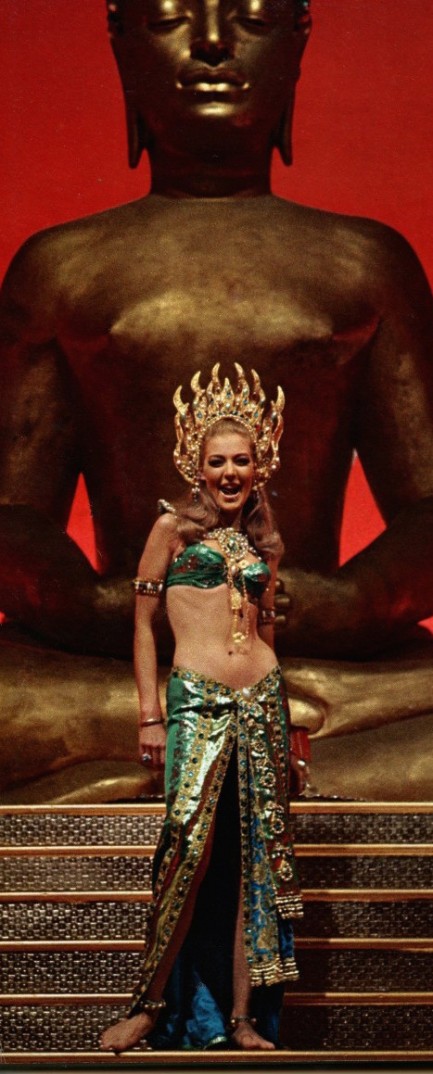
The 1967 James Bond spoof Casino Royale was a box office disaster, but it had its moments. London born actress Joanna Pettet, playing Mata Bond, estranged daughter of Mata Hari and Sir James Bond (David Niven), performed an eye-catching, Buddhist-themed dance number in a faux temple that must have cost a huge chunk of the movie's budget. We don't know how actual Buddhists feel about the bit, but it looks like Pettet had a laugh or two. In the film she's sent to take on SMERSH, the Soviet spy agency that appeared in fictionalized form in Ian Fleming's Bond novels. Pettet appeared in a handful of other films, but her career mostly comprised television roles on shows such as The Fugitive and Night Gallery. Her Mata Bond dance is short but probably worth a look. You can see it while the link lasts here.
 David Janssen takes aim at a mystery linked to his past. 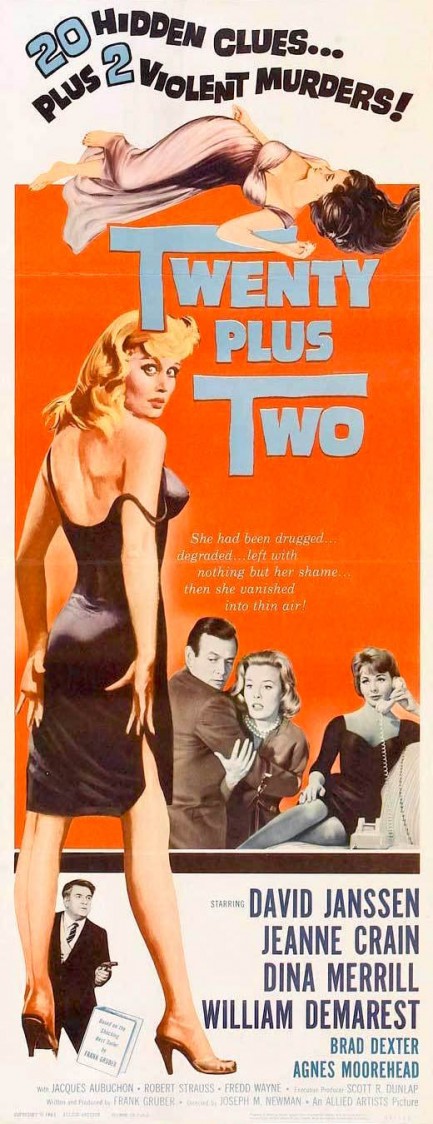
Twenty Plus Two premiered in the U.S. today in 1961. We got interested in this one because it starred David Janssen, who was the central character in the television show The Fugitive, but who we remember from the obscure flick Birds of Prey that used to pop up on cable when we were in high school. We loved that movie, but it was the only thing we'd seen Janssen in. Twenty Plus Two is billed as film noir on some websites, so that interested us too. First things first—it isn't a film noir. Not even close. It's a black and white crime drama with a few night sequences, but no noir stylings or iconography, except for a single flashback. People get this twisted all the time, but we'll say it again: just because it's a black and white crime movie doesn't mean it's a film noir.
Janssen stars as an investigator who's drawn into a murder case involving a movie star's secretary. She possessed material on a missing heiress, and Janssen finds himself investigating both the missing person and the murder. Mixed in are complications from his past in the form of his ex-fiancée. Janssen never quite figures it all out, but that's okay—the villain explains it in detail for him at the end. The whole production comes across like a television movie, complete with the type of punctuative trumpet blasts you'd hear on an old cop show. We can't recommend it, but if you're a fan of Janssen you won't be disappointed. He's about as reliable a star as you'll find, and he makes Twenty Plus Two watchable all by his lonesome.
 1954 murder results in fifty-year legal battle. 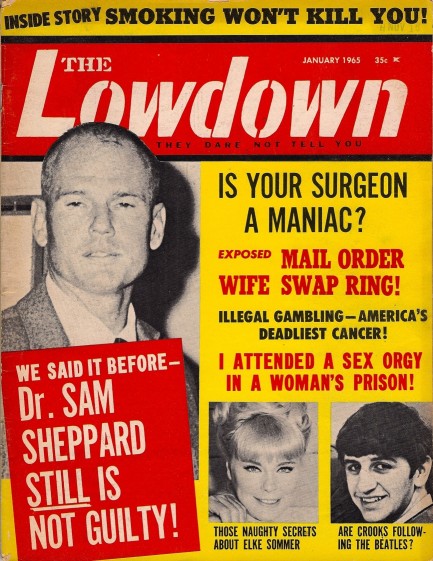
In this January 1965 issue of The Lowdown, editors take up the cudgel for convicted murderer Dr. Sam Sheppard, who was serving a life sentence for the bludgeoning murder of his wife, Marilyn. Dr. Sheppard claimed that, during the early morning hours of July 4, 1954, he was in his home sleeping on a downstairs daybed, when he awoke to his wife’s screams. He ran to her aid and was attacked by a “bushy-haired man” and knocked out. When he came to he chased the man outside, fought him again, and was again knocked out. When he awoke once more, the intruder was gone and his wife was dead, having been severely beaten and apparently sexually assaulted. Police searched for the bushy-haired suspect, but eventually decided their perp was the good doctor himself. At a trial later that year a jury agreed, and Sheppard was sent up for life. By the time Lowdown began advocating for Sheppard, he had already been granted a writ of habeas corpas, and was about to be granted a new trial due to massive publicity surrounding the first that may have tainted the original jury pool. When Sheppard was retried the next year—with none other than a young F. Lee Bailey acting as his defense lawyer—he was acquitted on the basis of reasonable doubt. However, the verdict did not clear Sheppard’s name to the satisfaction of some family members. Efforts to do that continued all the way until 2002, complete with DNA testing on the exhumed corpses of Sheppard, his wife, and her unborn fetus. Results: inconclusive. 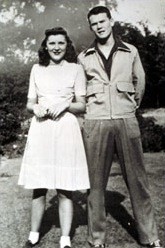 So you must be wondering why police focused on Sheppard in the first place. It wasn’t just because he was the husband, and his marriage was unhappy. Police investigators are very much like statisticians. Certain types of cases share certain traits, and the more traits a particular case shares with a certain category of cases, the more probable a certain conclusion begins to seem. An example: a home invader will nearly always immobilize the gravest threat first, meaning the man of the house; but in a staged domestic murder the man nearly always, somehow, is overlooked by the intruder, leading to a heroic rescue attempt that fails and results in injuries that are, somehow, never life-threatening. Another example: in a staged domestic murder the man will often remove clothing from the victim to imply that the motive was sexual assault by an intruder; but the rape is never consummated, for obvious reasons. So you must be wondering why police focused on Sheppard in the first place. It wasn’t just because he was the husband, and his marriage was unhappy. Police investigators are very much like statisticians. Certain types of cases share certain traits, and the more traits a particular case shares with a certain category of cases, the more probable a certain conclusion begins to seem. An example: a home invader will nearly always immobilize the gravest threat first, meaning the man of the house; but in a staged domestic murder the man nearly always, somehow, is overlooked by the intruder, leading to a heroic rescue attempt that fails and results in injuries that are, somehow, never life-threatening. Another example: in a staged domestic murder the man will often remove clothing from the victim to imply that the motive was sexual assault by an intruder; but the rape is never consummated, for obvious reasons. The list goes on. Suffice it to say, to the cops Marilyn Sheppard's killing seemed like a textbook staged domestic homicide, and they proceeded based on that assumption. But regardless, the evidence was never there for a conviction. Of that, there’s little dispute. Today, Sheppard’s innocence or guilt remains a hot topic in the Ohio town where he lived. And it probably always will be, if only because people there are reminded of the case every time The Fugitive appears on television. That’s right—if certain details of the story seem familiar, it’s because both the series and movie took inspiration from the Sheppard case. And there was one more important result. It catapulted F. Lee Bailey to national prominence as an attorney, a position he has held ever since in defending everyone from Patty Hearst to O.J. Simpson.
|
 |

The headlines that mattered yesteryear.
1939—Batman Debuts
In Detective Comics #27, DC Comics publishes its second major superhero, Batman, who becomes one of the most popular comic book characters of all time, and then a popular camp television series starring Adam West, and lastly a multi-million dollar movie franchise starring Michael Keaton, then George Clooney, and finally Christian Bale. 1953—Crick and Watson Publish DNA Results
British scientists James D Watson and Francis Crick publish an article detailing their discovery of the existence and structure of deoxyribonucleic acid, or DNA, in Nature magazine. Their findings answer one of the oldest and most fundamental questions of biology, that of how living things reproduce themselves. 1967—First Space Program Casualty Occurs
Soviet cosmonaut Vladimir Komarov dies in Soyuz 1 when, during re-entry into Earth's atmosphere after more than ten successful orbits, the capsule's main parachute fails to deploy properly, and the backup chute becomes entangled in the first. The capsule's descent is slowed, but it still hits the ground at about 90 mph, at which point it bursts into flames. Komarov is the first human to die during a space mission. 1986—Otto Preminger Dies
Austro–Hungarian film director Otto Preminger, who directed such eternal classics as Laura, Anatomy of a Murder, Carmen Jones, The Man with the Golden Arm, and Stalag 17, and for his efforts earned a star on Hollywood's Walk of Fame, dies in New York City, aged 80, from cancer and Alzheimer's disease. 1998—James Earl Ray Dies
The convicted assassin of American civil rights leader Martin Luther King, Jr., petty criminal James Earl Ray, dies in prison of hepatitis aged 70, protesting his innocence as he had for decades. Members of the King family who supported Ray's fight to clear his name believed the U.S. Government had been involved in Dr. King's killing, but with Ray's death such questions became moot.
|

|
|

It's easy. We have an uploader that makes it a snap. Use it to submit your art, text, header, and subhead. Your post can be funny, serious, or anything in between, as long as it's vintage pulp. You'll get a byline and experience the fleeting pride of free authorship. We'll edit your post for typos, but the rest is up to you. Click here to give us your best shot.

|
|






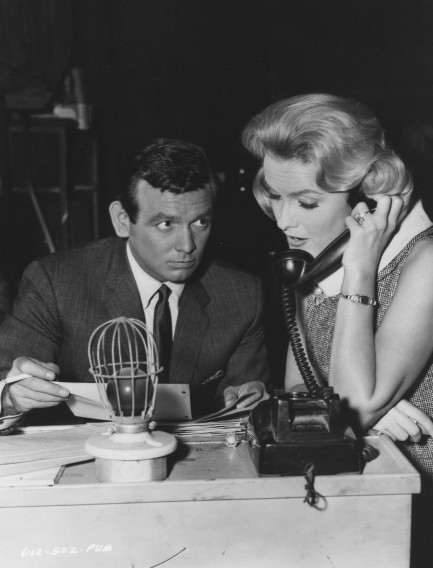
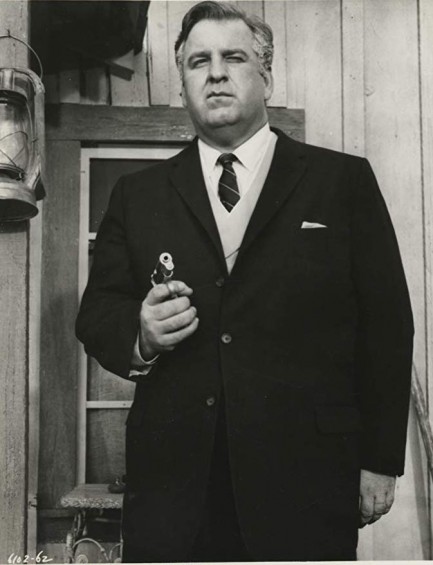
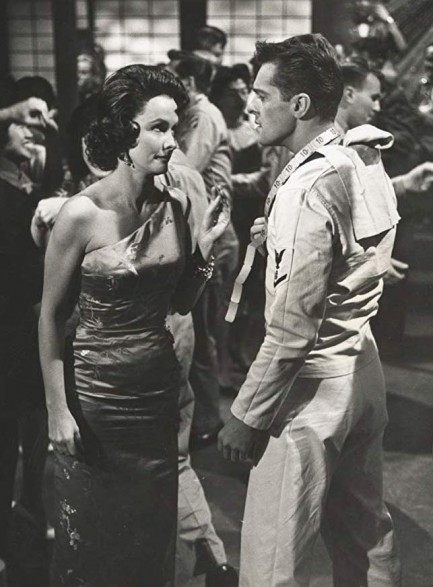
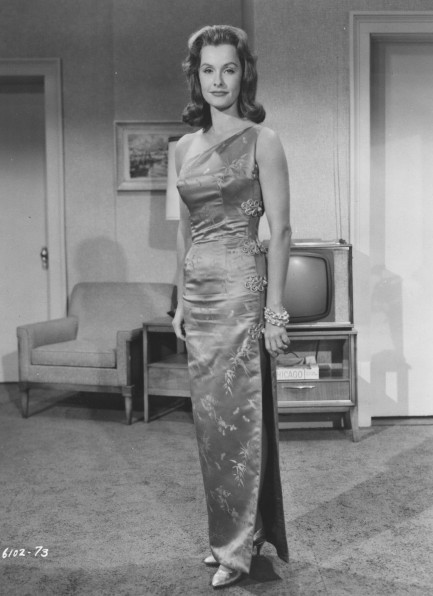


 So you must be wondering why police focused on Sheppard in the first place. It wasn’t just because he was the husband, and his marriage was unhappy. Police investigators are very much like statisticians. Certain types of cases share certain traits, and the more traits a particular case shares with a certain category of cases, the more probable a certain conclusion begins to seem. An example: a home invader will nearly always immobilize the gravest threat first, meaning the man of the house; but in a staged domestic murder the man nearly always, somehow, is overlooked by the intruder, leading to a heroic rescue attempt that fails and results in injuries that are, somehow, never life-threatening. Another example: in a staged domestic murder the man will often remove clothing from the victim to imply that the motive was sexual assault by an intruder; but the rape is never consummated, for obvious reasons.
So you must be wondering why police focused on Sheppard in the first place. It wasn’t just because he was the husband, and his marriage was unhappy. Police investigators are very much like statisticians. Certain types of cases share certain traits, and the more traits a particular case shares with a certain category of cases, the more probable a certain conclusion begins to seem. An example: a home invader will nearly always immobilize the gravest threat first, meaning the man of the house; but in a staged domestic murder the man nearly always, somehow, is overlooked by the intruder, leading to a heroic rescue attempt that fails and results in injuries that are, somehow, never life-threatening. Another example: in a staged domestic murder the man will often remove clothing from the victim to imply that the motive was sexual assault by an intruder; but the rape is never consummated, for obvious reasons.